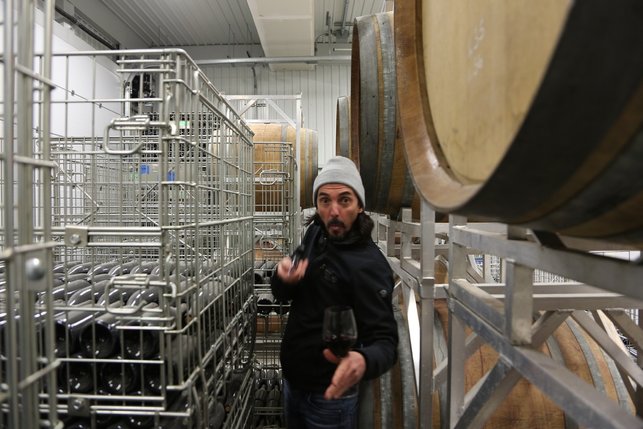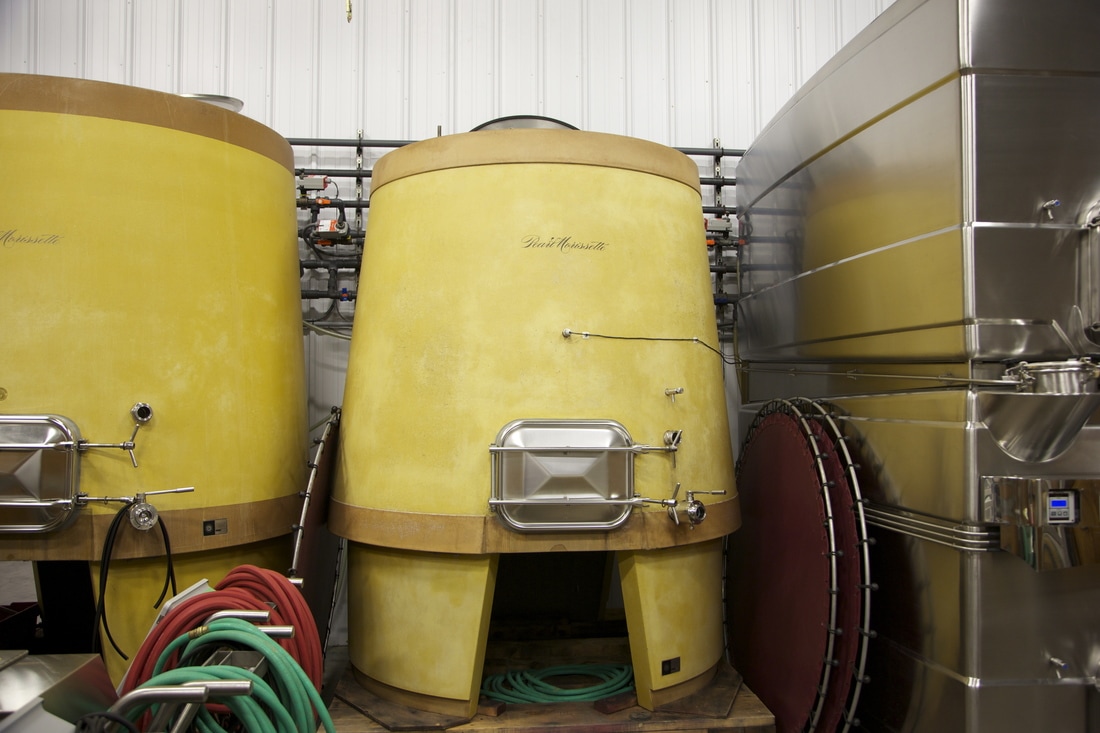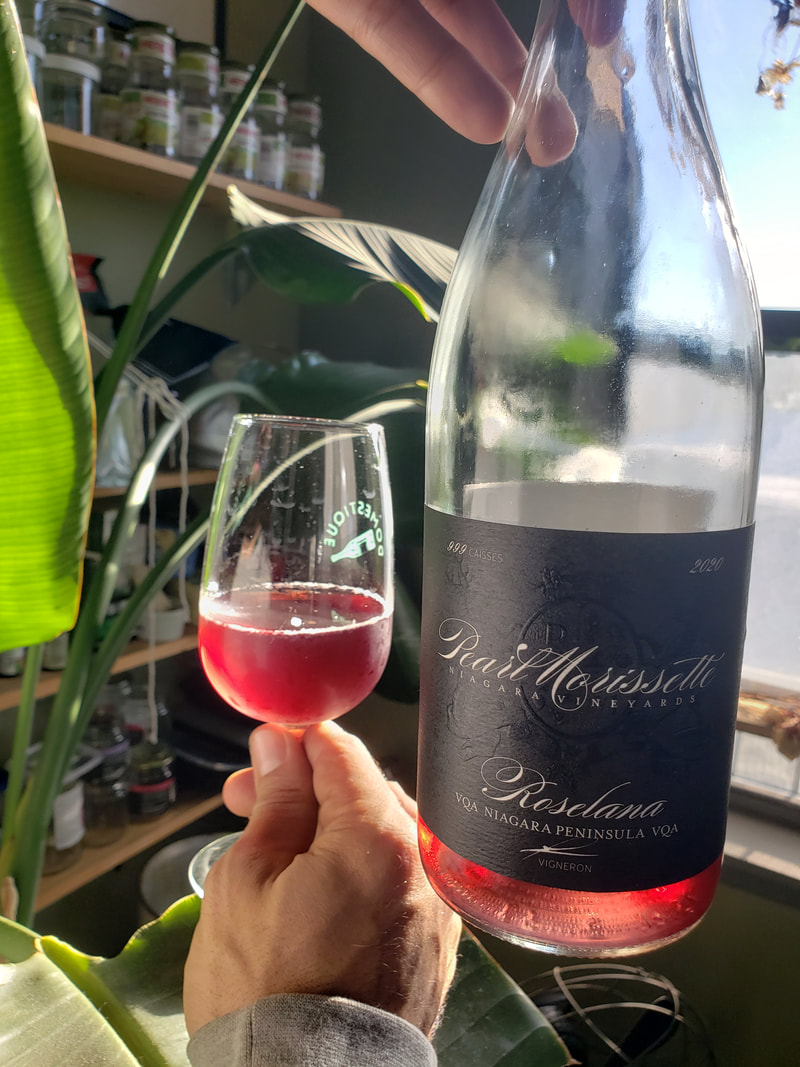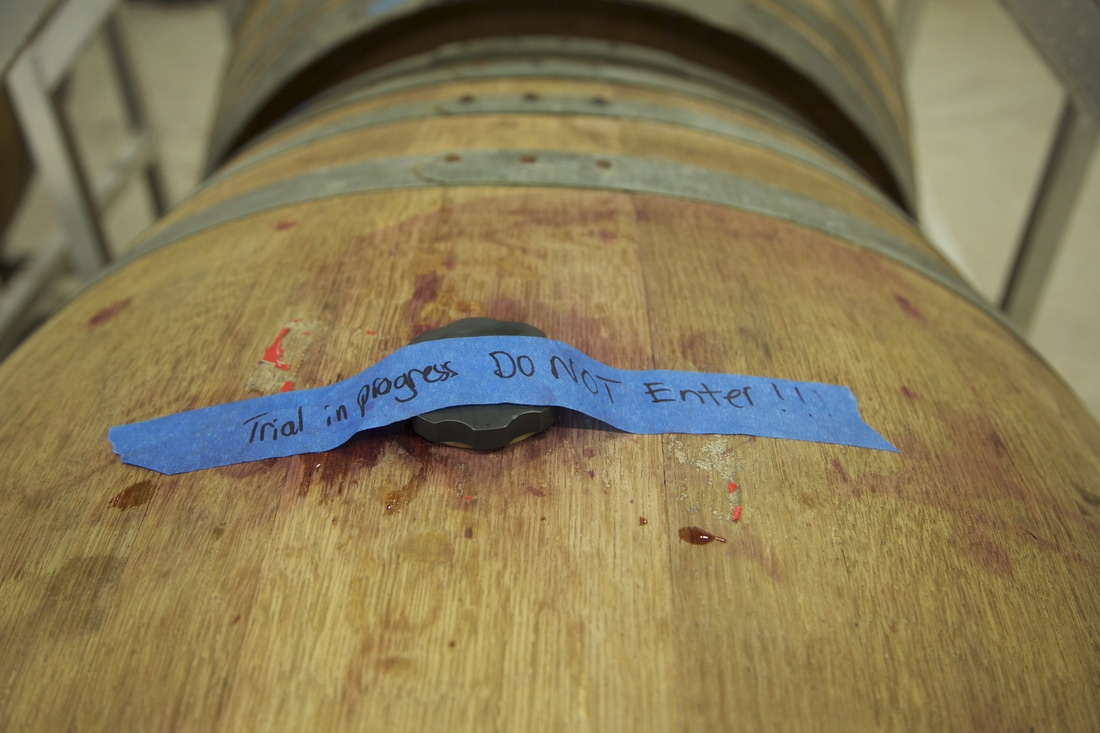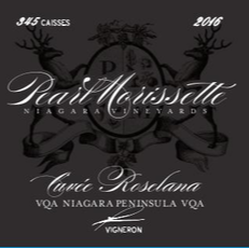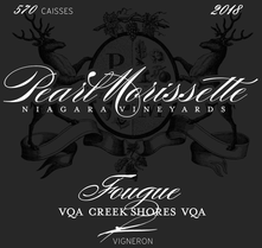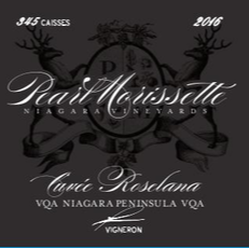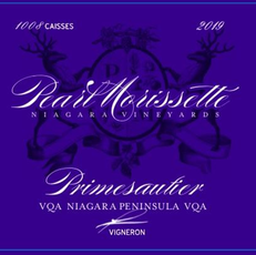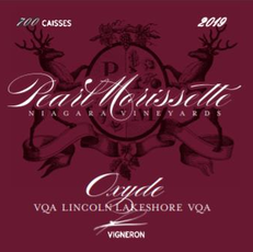Pearl Morissette, Niagara
AOCs: Twenty Mile Beach VQA, Creek Shore VQA (Niagara Peninsula)
Varieties: Cabernet Franc, Pinot Noir, Gamay, Chardonnay, Riesling
Viticulture: Organic
Size: 11.4 hectares
Terroir: Clay, Loam, Silt, Limestone, Iron, Sand
Varieties: Cabernet Franc, Pinot Noir, Gamay, Chardonnay, Riesling
Viticulture: Organic
Size: 11.4 hectares
Terroir: Clay, Loam, Silt, Limestone, Iron, Sand
Francois Morissette is making the most exciting wines in Canada that we know of in his small corner of Ontario. They are uncompromising wines of terroir that easily transcend the boundaries of the Niagara Peninsula; in his words, “I don’t make wine for Ontario, I make wine for the world."
Francois’ career in wine began in his early 20s when he spent a year working for Domaine Alain Gras in Saint-Romain, learning about the traditional winemaking methods of the region. Once he moved back to Quebec, he worked towards becoming a sommelier and spent the rest of the 1990s building some of the most ambitious wine lists in both Quebec and Ontario. In 2000, the call of the vines was to loud to ignore and he moved back to France to pursue winemaking full-time, working for some of the most famous producers in the Côte d’Or including Frédéric Mugnier in Chambolle-Musigny, Christian Gouges of Domaine Henri Gouges in Nuits-Saint-Georges and Domaine Roulot in Meursault. After 7 years in Burgundy, he returned to Canada with an eye to make his own wine using the knowledge he gained abroad, and it wasn’t long before he found a partner (Mel Pearl, a developer in Toronto) with whom to make it all happen.
The estate now owns two vineyards: the 19th Street Vineyard in the Twenty Mile Beach VQA and the home vineyard which is next to the winery, that is part of the Creek Shore VQA: both farmed organically, though not certified. Francois also runs a small negoce project with other likeminded growers in the area. When harvesting (which is done in multiple passes by hand), Francois pays keen attention to the ripeness levels of the grapes as he views this as the key to achieving perfect balance in the finished wine.
In the cellar, vinifications are done in a wide variety of different vessels ranging from cement tank, to barrique, to cement egg. Fining and filtration is frowned upon, and sulfur is only used in minuscule doses, if at all. Francois makes a range of different wines form his estate.
Francois’ career in wine began in his early 20s when he spent a year working for Domaine Alain Gras in Saint-Romain, learning about the traditional winemaking methods of the region. Once he moved back to Quebec, he worked towards becoming a sommelier and spent the rest of the 1990s building some of the most ambitious wine lists in both Quebec and Ontario. In 2000, the call of the vines was to loud to ignore and he moved back to France to pursue winemaking full-time, working for some of the most famous producers in the Côte d’Or including Frédéric Mugnier in Chambolle-Musigny, Christian Gouges of Domaine Henri Gouges in Nuits-Saint-Georges and Domaine Roulot in Meursault. After 7 years in Burgundy, he returned to Canada with an eye to make his own wine using the knowledge he gained abroad, and it wasn’t long before he found a partner (Mel Pearl, a developer in Toronto) with whom to make it all happen.
The estate now owns two vineyards: the 19th Street Vineyard in the Twenty Mile Beach VQA and the home vineyard which is next to the winery, that is part of the Creek Shore VQA: both farmed organically, though not certified. Francois also runs a small negoce project with other likeminded growers in the area. When harvesting (which is done in multiple passes by hand), Francois pays keen attention to the ripeness levels of the grapes as he views this as the key to achieving perfect balance in the finished wine.
In the cellar, vinifications are done in a wide variety of different vessels ranging from cement tank, to barrique, to cement egg. Fining and filtration is frowned upon, and sulfur is only used in minuscule doses, if at all. Francois makes a range of different wines form his estate.
WINES
|
“Cuvée Roselana" is a deep, dark, and savory rosé made from young-vines.
66% Pinot Noir (Redfoot vineyard), 13% Gamay (19th str. vineyard), 14% Merlot (Redfoot vineyard) and 7% Lemberger (Knizat vineyard) All grapes were processed through the direct press rosé method with different times on skins (2, 4 and 6 days). The wines are fermented separately in 100% concrete tanks. The élevage proceeded in the respective fermentation vessels on primary lees and without sulphur additions or racking for a total of 7 months. The wines were then blended and aged for an additional 2 months in stainless steel tanks. |
Fougue is 100% Chardonnay from our high density, Home Farm vineyard in Creek Shore appellation. The fruit was hand-harvested and after careful sorting, it entered the press as 100% whole clusters. Fermentation proceeded steadily in a combination of old foudre and concrete. The wine aged in its fermentation vessels on primary lees for a total of 23 months.
|
Racines du Ciel is made with 100% Cabernet Franc from our Home Farm Vineyard in Creek Shores appellation. The fruit was harvested usually in October and processed as 100% destemmed fruit. Fermentation by indigenous yeast. The wine was aged in one old foudre and a combination of old demi-muids and barrels without any racking for a total of 18 months.
|
|
Primesautier: 100% Lemberger (3rd vintage). The fruit is from Four Mile Creek is the fertile plain that makes up central Niagara-on-the-Lake. It lies slightly inland from the lake and below the bench of the Niagara Escarpment providing for warm days and cool nights during the growing season. Soils are red shale with high silt and clay content, good water retention, and ideal characteristics for vines.
read more here |
Oxyde is 100% Riesling from Redfoot Vineyard in Lincoln Lakeshore. It was harvested on November 29th and 30th and entered the press as 100% whole bunches.
Fermentation by indigenous yeast proceeded slowly and steadily in one old foudres without any temperature control and sulphur additions and was completed in late March 2019. The wine was aged on its primary lees in its fermentation vessel and without racking for a total 16 months. |
Irrévérence is a blend of Riesling from Butler’s Grant vineyard in 20 Mile Bench (35.4%), Chardonnay from Redfoot Vineyard in Lincoln Lakeshore (25.1%) and Gewürztraminer from Knizat vineyard in NOTL (39.5%). The Chardonnay was fermented and aged in foudres; the Riesling in foudre and stainless steel. A portion of the Gewürztraminer was co-fermented with Riesling on their skins in qvevri for a total of 6 months, while the rest (carrying 30% noble rot) fermented to complete dryness in a foudre. The wines aged separately in their fermentation vessels on primary lees for 12 months, before being blended for an additional 12 months of aging in a combination of concrete and foudres.
|
PAST CUVEES
Chardonnay “Dix Neuvième” is from the 19th Street Vineyard, planted in 1999, from vines planted in loam soils over limestone. This cuvée makes use of demi-muid, new barrique, and cement egg for fermentation and élevage. Very low SO2.
Riesling "Cuvée Sputnik" is from a parcel of young vines planted in sandy soils very close to Lake Ontario. Fermented in a combination of stainless steel tank and foudre before being racked into concrete tanks for élevage.
Riesling “Black Ball” is sourced from the same vineyard as the Dix Neuvième, and is fermented and aged entirely in concrete egg. Francois allows this to go through malolactic fermentation, making for a very textural take on Riesling.
“Mon Unique” is made from 100% Gamay planted in heavy red clay soils. Whole-cluster fermentation in open-top vats and cement tanks before pressing and racking back to cement tank for élevage.
Francois' Pinot Noir "Jeunes Vignes" is sourced from a parcel of vines planted in 2010. The grapes are fermented whole-cluster in open-top, wooden and cement vats, before being pressed back into cement. With only 20ppm total SO2, this is the serious glou glou you have been looking for.
“Madeline” is the most important wine made by Francois. Made from Cabernet Franc from the 19th Street Vineyards, the oldest vines at the estate, it is deep, serious, and structured. Partially destemmed before traditional maceration and pressing; fermented and aged in neutral barrique and cement egg. This has the stuffing to stand up to any of the classic wines from the Loire Valley. Francois thinks this has the potential to be incredibly age-worthy, and we would have to agree.

